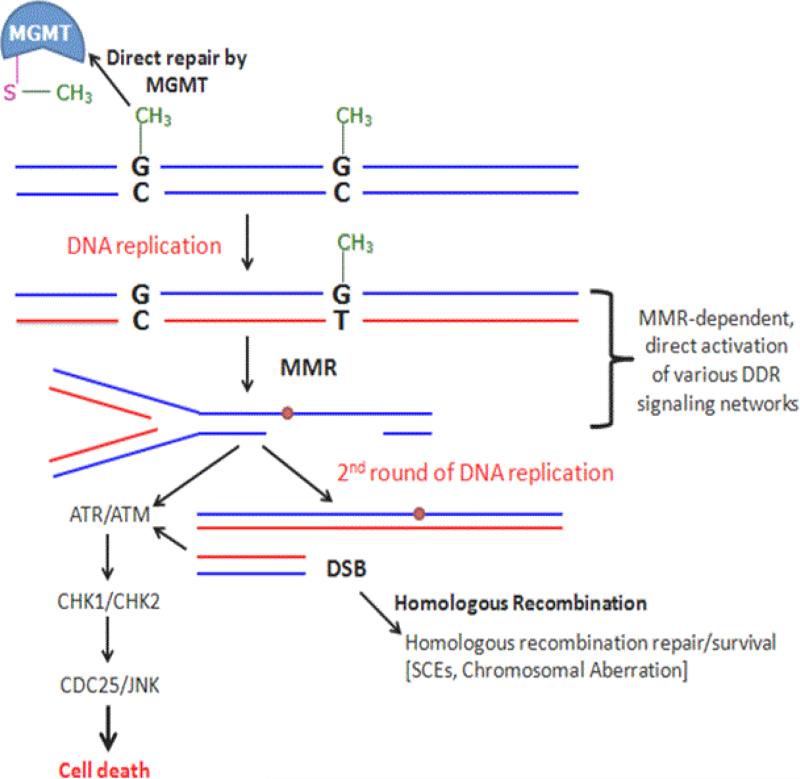Figure 7. Cellular processing and repair of O6-MeG adducts in DNA.
MGMT directly repairs O6-MeG adducts. If unrepaired, O6-MeG preferably mispairs with T during DNA replication leading to G:C-to-A:T transitions. Alternatively, O6-MeG lesion induces apoptosis via an MMR-dependent pathway. O6-MeG/MMR-dependent DNA damage response includes multi-pathway, multi-time scale signaling network activation led by early ATM, H2AX, ATR-CHK1, and p53 phosphorylation, then followed by late phosphorylation of ATM-CHK2 and JNK kinase, as well as dramatic increases in p53 levels and p53 transcriptional targets [85]. Sister chromatid exchanges (SCE) and chromosomal aberrations are induced by O6-MeG lesions via an MMR-dependent pathway in the second cell cycle [102]. The gaps and nicks present during this phase can form DSB that are handled by HR. With loss of MMR, cells become “methylation-tolerant” accumulating mutations and escaping cell death in the presence of unrepaired O6-MeG.

